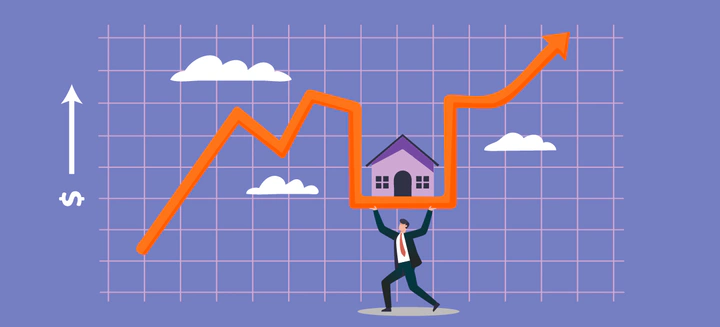Canadian rent prices

Are Canadian rent prices rising?
Grades 10 - 12
Have you ever wondered how much renting a house in Canada costs? Is it cheaper to live in Alberta compared to British Columbia?
The following data visualization tracks the evolution of rental rates for various types of units (from bachelor suites to three-bedroom apartments) across different provinces and territories. The goal is to provide you with insights into Canada’s dynamic rental landscape.
To answer our question we:
- Collected data from the Government of Canada website
- Examined rent prices by provinces or territory between the years 1987-2022
Visualizing the data
The bar graph below illustrates rent prices for various types of units across Canadian provinces and territories.
This bar graph illustrates the fluctuations in rental prices for different unit types, showcasing changes from 1987 to 2022 across each province and territory. What's evident is a nationwide, overarching upward trend in rental prices. For instance, consider Ontario, where the average cost of a two-bedroom apartment surged from $842 in 2013 to $1148 in 2022 — a 36% increase.
Please note that Nunavut and Yukon are not depicted in the visualization due to the absence of available data. Entries featuring a combination of two provinces (e.g., Saskatchewan/Alberta) indicate that the respective city or town straddles the borders of two different provinces.
Reflect on what you see
Look and interact with the data visualization above. When you hover your mouse over the plot, you’ll notice more information appears. You can also use the legend to make plots appear and disappear.
Think about the following questions.
- What do you notice about the graph?
- What do you wonder about the data?
Use the fill-in-the-blank prompts to summarize your thoughts.
- “I used to think _______”
- “Now I think _______”
- “I wish I knew more about _______”
- “These data visualizations remind me of _______”
- "I really like _______”
Learn how we visualized the data
Go to our walk-through (in Jupyter notebook format) to see how the data science process was applied to create these graphs, from formulating a question to gathering the data and analyzing the data with code.